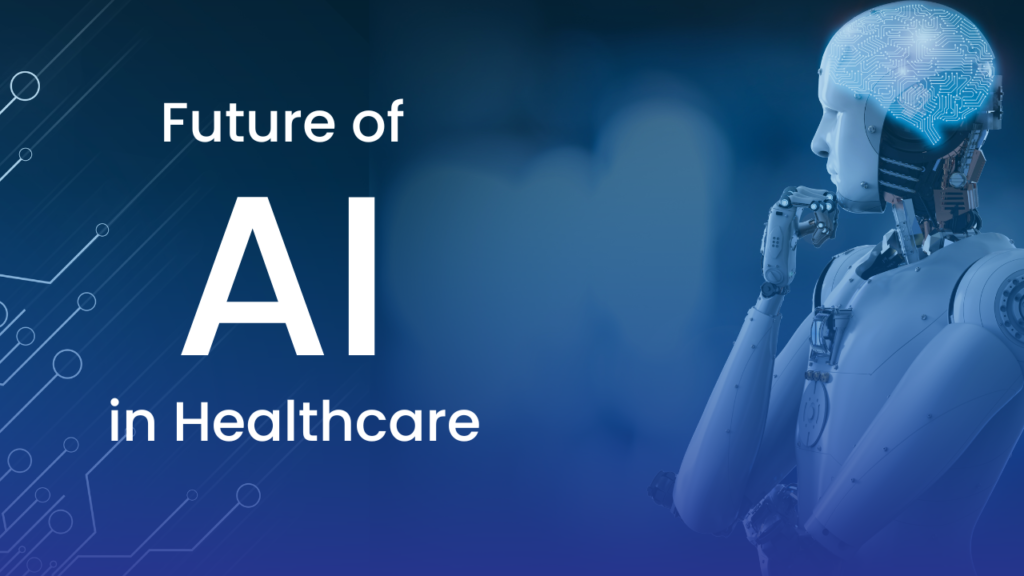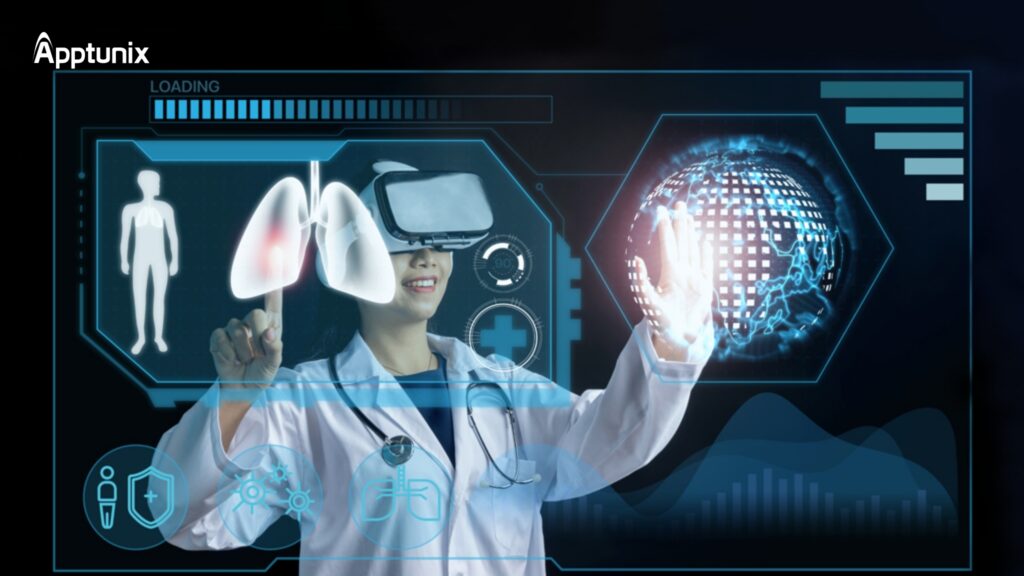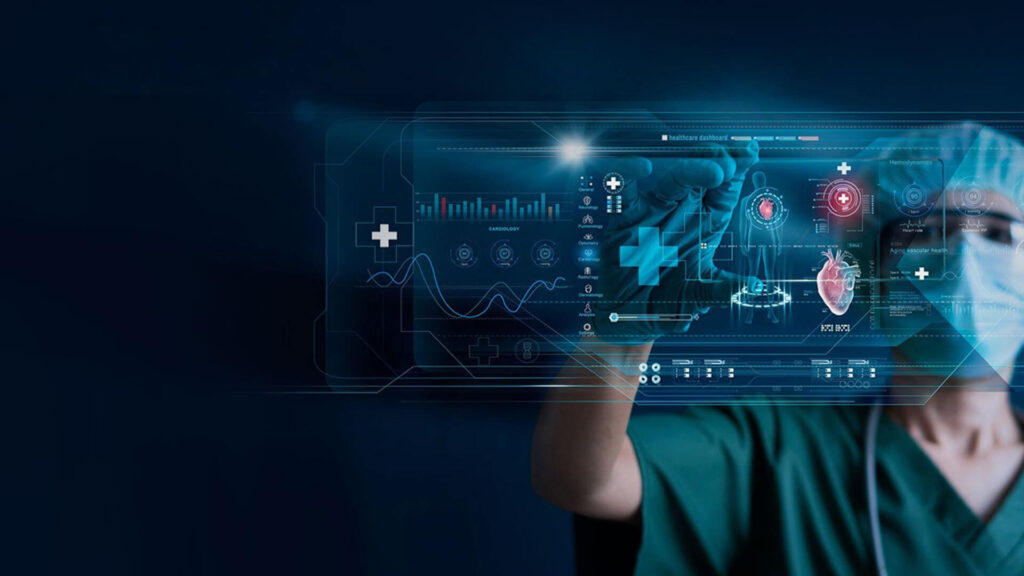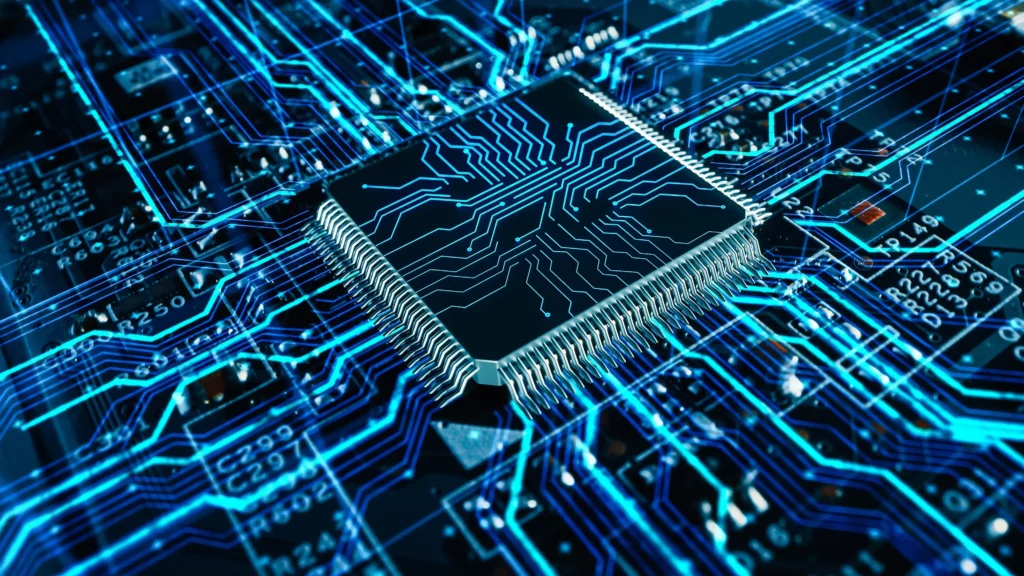
Introduction to rare diseases and birth abnormalities
Rare diseases and birth abnormalities often present a significant challenge in the world of healthcare. Enter artificial intelligence (AI), a groundbreaking force reshaping how we approach medical diagnostics. These conditions can be elusive, leaving patients and their families searching for answers amid frustration and confusion. With over 7,000 known rare diseases affecting millions globally, each case tells a story of hope intersected by uncertainty.
But what if advanced technology could change that narrative? By harnessing vast amounts of data and employing sophisticated algorithms, AI is making strides in identifying these complex health issues more accurately than ever before.
Join us as we explore the intersection of advanced technology and rare disease diagnosis. Discover how AI is revolutionizing this field, offering new pathways to understanding conditions that were once deemed too mysterious or difficult to diagnose.
The role of advanced technology and AI in healthcare
Advanced technology and AI are revolutionizing healthcare in remarkable ways. They enhance the precision of medical diagnostics, making it easier to identify conditions that were once elusive.
AI algorithms analyze vast amounts of data rapidly. This capability allows for pattern recognition that humans might miss. With machine learning, systems continually improve from new information.
Telemedicine has also gained traction through technological advancements. Patients can consult with specialists remotely, broadening access to care without geographical limitations.
Wearable devices monitor health metrics in real-time, providing actionable insights for both patients and doctors. These innovations help manage chronic conditions more effectively.
Moreover, robotic-assisted surgeries offer greater accuracy than traditional methods. This results in less recovery time and fewer complications for patients.
With every advancement, the healthcare landscape shifts toward a future where timely intervention becomes not just possible but expected.
How AI is used in diagnosing rare diseases and birth abnormalities

AI is transforming the landscape of medical diagnostics, particularly for rare diseases and birth abnormalities. By analyzing vast amounts of data, AI algorithms can identify patterns that might escape the human eye.
Machine learning models sift through genetic information, medical histories, and clinical symptoms to generate insights. This technology accelerates the diagnostic process significantly.
For instance, AI-powered imaging tools assess ultrasound or MRI scans with unparalleled precision. They can highlight anomalies indicating potential conditions that are often missed during manual evaluations.
Natural language processing also plays a pivotal role. It helps in reviewing unstructured data from research articles or patient records to link reported symptoms with known rare diseases effectively.
By harnessing these capabilities, healthcare providers can offer timely diagnoses that lead to better treatment options for patients facing complex health issues. The integration of AI into this field promises not only enhanced accuracy but also improved outcomes for those diagnosed early on.
Case studies of successful diagnoses using advanced technology and AI

One remarkable case involved a young girl with unexplained neurological issues. Traditional methods failed to provide clear answers, but AI algorithms analyzed her genetic data against vast databases of known mutations. The result? A rare condition was diagnosed within days, leading to targeted treatment.
Another instance featured a newborn exhibiting physical anomalies. Doctors utilized advanced imaging techniques paired with machine learning models that had been trained on thousands of similar cases. This combination quickly identified a specific birth abnormality linked to genetics, allowing for early intervention.
These examples illustrate the transformative power of technology in diagnosing conditions once thought elusive. With each successful case, we witness how collaboration between human expertise and AI enhances diagnostic accuracy and patient outcomes. Such advancements not only save time but also bring hope where uncertainty once prevailed.
Benefits and limitations of using advanced technology and AI in healthcare
Advanced technology and AI bring remarkable benefits to healthcare. They enhance the accuracy of diagnoses, especially for rare diseases that often go undetected. With powerful algorithms analyzing vast datasets, doctors can make informed decisions quickly.
AI also streamlines processes, reducing the time taken for test results. This efficiency is critical when dealing with life-threatening conditions where every second counts.
However, limitations exist. The reliance on data means outcomes depend heavily on the quality of input information. If the dataset lacks diversity or completeness, misdiagnoses may occur.
Additionally, there’s a risk of over-reliance on technology. Human intuition and experience are still vital in patient care and treatment planning.
Privacy concerns arise too; sensitive health data used by AI systems must be protected rigorously to maintain trust between patients and providers.
Ethical considerations
The integration of AI in diagnosing rare diseases raises important ethical questions. One major concern is patient privacy. With vast amounts of data collected, maintaining confidentiality becomes paramount.
Informed consent is another critical issue. Patients must understand how their information will be used and the potential implications of AI-driven diagnoses. This transparency fosters trust between patients and healthcare providers.
Bias in algorithms also poses a challenge. If an AI system learns from skewed data, it may misdiagnose or overlook certain populations entirely. Ensuring diversity in training datasets is essential for equitable healthcare outcomes.
Accountability comes into play when errors occur. Determining who is responsible for a misdiagnosis—whether it’s the technology or the medical professional—can complicate legal and moral responsibilities within healthcare settings. Engaging multiple stakeholders can help navigate these complex issues effectively.
Future possibilities for improving diagnosis and treatment with advanced technology and AI
The future of diagnosis and treatment using advanced technology and AI is brimming with potential. Imagine systems that can analyze genetic data in real-time, identifying rare diseases before symptoms even appear. This proactive approach could revolutionize patient care.
Furthermore, machine learning algorithms are becoming increasingly sophisticated. They can recognize patterns in vast datasets that humans might overlook. As these technologies advance, they will enhance the accuracy of diagnoses for rare diseases significantly.
Telemedicine combined with AI may also change how we interact with healthcare providers. Remote monitoring tools will allow for continuous assessment of patients’ health conditions from their homes while giving doctors access to vital information instantly.
Personalized medicine stands to benefit immensely as well. With the power of AI, treatments could be tailored specifically to an individual’s genetic makeup or lifestyle factors, increasing effectiveness and minimizing side effects altogether.
Conclusion
The intersection of advanced technology and AI with healthcare presents exciting possibilities, particularly in the realm of diagnosing rare diseases and birth abnormalities. As we have explored, the deployment of AI has already begun to transform how medical professionals approach these complex conditions, leading to earlier diagnosis and more personalized treatment plans.
Through various case studies, it is clear that AI’s ability to analyze vast amounts of data quickly can significantly improve patient outcomes. While there are benefits such as enhanced accuracy and efficiency in diagnostic processes, it’s essential to remain cognizant of the limitations and ethical considerations involved. The balance between technological advancement and human oversight must be maintained.
Looking ahead, continued innovation in this field promises even greater strides toward effective diagnostics. With ongoing research and development, we may soon see breakthroughs that not only enhance our understanding but also provide hope for individuals affected by rare diseases. As technology continues to evolve, so too will our approaches to health care—leading us into a future where every individual receives timely support tailored precisely for their needs. To know more about AI in healthcare, click here.
To know more about updates in the healthcare industry, visit QAWire.


